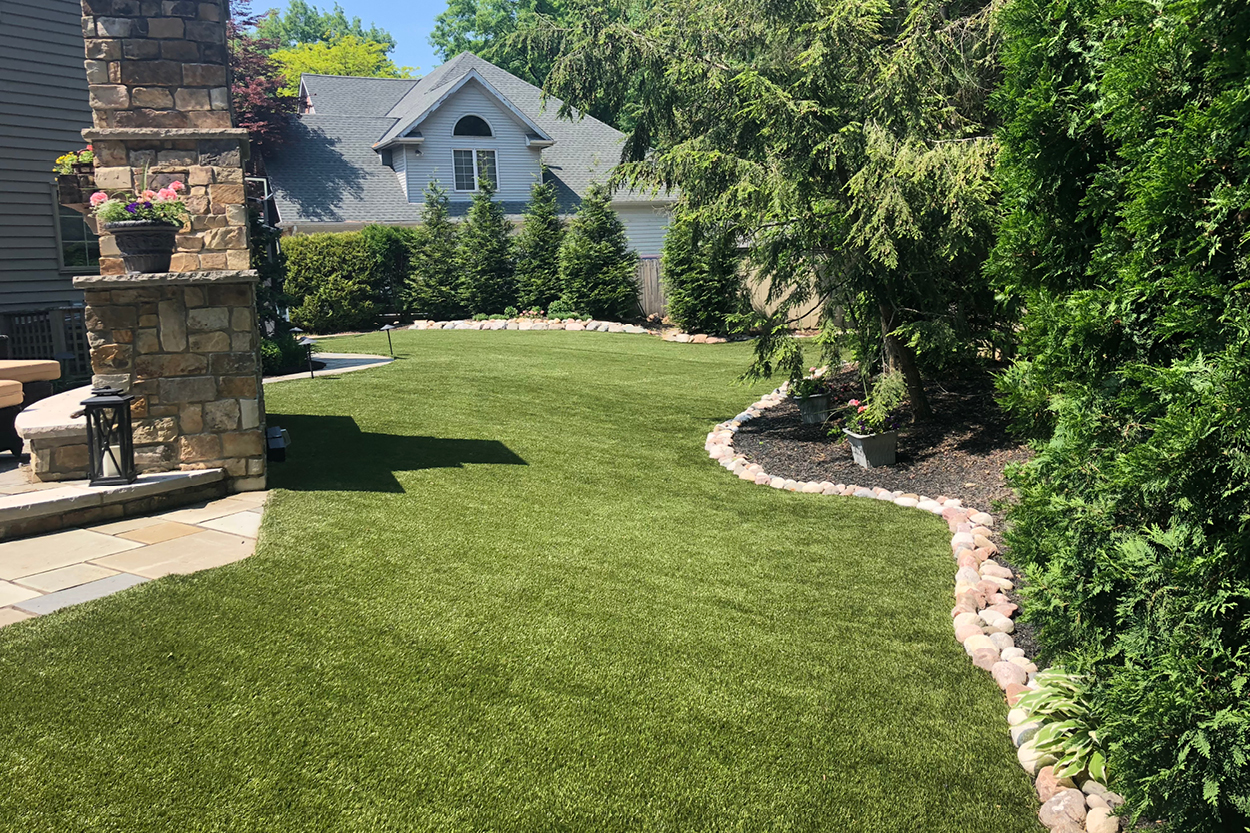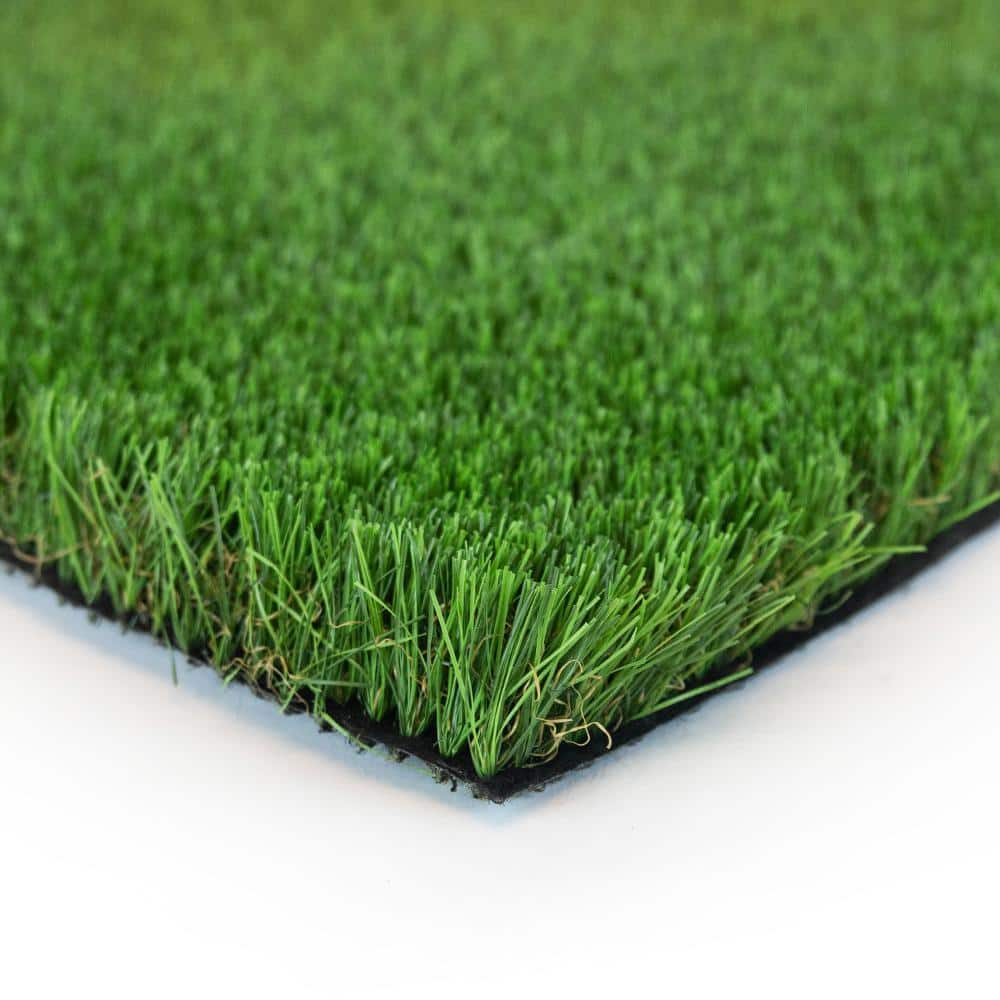Choose Reputable Artificial Turf Companies Phoenix for Long-Lasting and Natural-Looking Grass
Choose Reputable Artificial Turf Companies Phoenix for Long-Lasting and Natural-Looking Grass
Blog Article
Explore the Environmental Benefits of Opting for Synthetic Grass Solutions
The adoption of artificial grass options provides a compelling possibility to address pushing ecological difficulties. By dramatically reducing water use and decreasing the application of dangerous chemicals, these choices not just advertise sustainable landscaping but also protect regional environments. Moreover, the reduced carbon footprint connected with lowered upkeep activities adds to a more lasting technique to land administration. Nonetheless, the ramifications of these benefits extend past simple preservation efforts, increasing concerns concerning their long-lasting effect on habitat conservation and general ecological balance. Checking out these dimensions discloses a complicated interaction worth thinking about.
Water Conservation Advantages
One of the most considerable advantages of man-made grass is its ability to preserve water. In comparison, artificial turf does not require watering, dramatically decreasing the overall need for water resources.
By eliminating the requirement for routine watering, synthetic grass adds to sustainable landscape practices and helps minimize the ecological impact of excessive water usage. Furthermore, the preservation of water expands to the reduction of runoff, which can cause soil disintegration and river pollution.
Furthermore, the installment of synthetic grass enables homeowners and communities to allot water sources more effectively, concentrating on vital uses such as drinking water and farming. The shift towards synthetic grass not just promotes liable water use but additionally lines up with wider environmental objectives targeted at preserving all-natural sources.
As areas significantly focus on sustainability, the water conservation benefits of synthetic turf offer an engaging situation for its fostering in household and industrial landscaping projects.
Reduced Chemical Use
The shift to synthetic grass considerably decreases the reliance on chemical treatments commonly made use of in natural yard upkeep. Standard turf monitoring commonly entails the application of chemicals, herbicides, and fertilizers to promote growth and control pests. These chemicals can posture threats to human wellness, local wild animals, and the environment, adding to dirt and water contamination.
In contrast, artificial grass eliminates the demand for these unsafe compounds. As soon as installed, it calls for very little maintenance, mainly containing routine cleansing and infrequent infill replenishment. This reduction in chemical use not only profits the prompt setting but additionally adds to wider ecological security. By minimizing the release of synthetic substances into the ecological community, synthetic turf advertises much healthier soil and water supply.
In addition, the absence of chemical overflow related to synthetic grass installations helps protect local rivers from contamination, supporting water life and preserving biodiversity. Arizona artificial turf. As neighborhoods progressively prioritize sustainable techniques, choosing synthetic grass presents a practical option that lines up with environmental conservation goals. Through this shift, homeowner can delight in rich eco-friendly spaces without compromising ecological health, paving the method for an extra sustainable future
Reduced Carbon Footprint

Furthermore, the installment of synthetic lawn can cause considerable water conservation. Natural grass call for significant quantities of water for irrigation, which not only contributes to the carbon impact related to water removal and treatment however additionally strains regional water sources. In comparison, synthetic grass needs very little maintenance, needing no watering, thus considerably lowering water use and its linked energy costs.
Additionally, the durability of synthetic grass contributes to its decreased carbon influence. With a life-span of as much as 15 years or even more, the demand for constant substitutes is lessened, resulting in less waste and lower energy consumption in production and dealing with conventional turf options. Generally, man-made turf offers a lasting alternative for eco mindful landscaping.
Habitat Preservation
Environment conservation is a vital consideration in the argument over landscape design options, especially when comparing synthetic grass to natural turf. Natural yard yards commonly need substantial maintenance, including the usage of pesticides, plant foods, and herbicides, which can negatively affect regional environments. These chemicals can seep right into the soil and waterways, damaging native vegetation and fauna and disrupting local environments.
On the other hand, synthetic grass offers a chance to decrease the eco-friendly impact of landscaping. By going with synthetic yard, home owners can lessen the interruption of all-natural habitats connected with typical lawn Get More Info treatment techniques. Man-made grass removes the need for harmful chemicals, consequently safeguarding nearby wild animals and keeping the integrity of bordering communities. Moreover, the setup of synthetic grass can result in the conversion of former lawn locations into more biodiverse landscapes, such as pollinator gardens or indigenous plant locations, which can sustain neighborhood wildlife.
Inevitably, the change to synthetic grass not only preserves water and decreases maintenance initiatives but additionally promotes a more harmonious relationship between human activities and the Phoenix turf companies natural surroundings, promoting environment preservation at the same time.
Long-Term Sustainability
Long-term sustainability is an important consider examining the advantages of synthetic grass over conventional lawn lawns. Among one of the most substantial advantages of synthetic turf is its longevity; it can last as much as 15-20 years with minimal upkeep, whereas natural grass calls for constant reseeding and replacement. This long life decreases the demand for constant sources, such as water, fertilizers, and chemicals, which are vital for keeping a healthy yard lawn.
In addition, synthetic grass adds to a reduction in carbon exhausts connected with lawn treatment equipment. Typical yards usually need gas-powered lawn mowers, trimmers, and blowers, all of which add to air contamination. Artificial turf companies phoenix. In contrast, synthetic grass eliminates the requirement for such tools, advertising a cleaner atmosphere
Furthermore, the production of artificial grass increasingly uses recycled materials, boosting its sustainability account. As producers adopt green methods, the ecological impact of artificial grass continues to decrease.

Verdict
The adoption of synthetic grass services provides considerable ecological benefits, consisting of significant water preservation, minimized reliance on dangerous why not try here chemicals, and a lower carbon footprint. Furthermore, synthetic grass aids in maintaining all-natural environments by minimizing land disturbance and promoting long-term sustainability through using durable materials. Jointly, these variables emphasize the capacity of man-made grass to contribute positively to environmental wellness and use a practical choice to standard landscape design techniques in a significantly resource-conscious world.
In contrast, artificial lawn does not require watering, dramatically minimizing the total need for water resources. By decreasing the release of artificial compounds right into the environment, man-made grass advertises healthier dirt and water systems.
In addition, the setup of synthetic lawn can result in considerable water conservation. In comparison, man-made grass requires very little upkeep, needing no watering, therefore dramatically minimizing water usage and its connected energy expenses.

Report this page